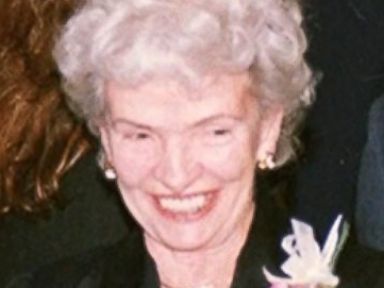| Russian President Vladimir Putin |
President Vladimir Putin has issued a
new order requiring all foreign visitors to submit a fingerprint upon entry
into Russia. This law is set to take place on December 10, 2014.
It is set in place in order to improve law enforcement, prevention of legal
migration, and barring terrorists from entering the country. Putin has a plan
that may outdo the IAFIS, which only contains fingerprints only in the United
States, by creating system that contains fingerprints from everyone in the
entire world.
Do you think Putin is being unfair or
unreasonable or do you think this is something the United States should probably
invest in? It is much easier to fake a passport then to fake a fingerprint. If illegal
immigrants or convicts of other countries are trying to make an entry, they
will have a much more difficult time in Russia. Yes, this may also be a
violation of rights to many and even myself but with the world today I feel as
though giving up a fingerprint isn’t that detrimental.
Russia has been threatened by a lot of
nations of late after invading Ukraine. This system put in place is mainly a protection
system for them. Their geographic location enables for many immigrants to cross
over into the nation since the country is so large that it borders several
nations. With the migration issues in Syria and Iraq, a lot of people have begun
scattering to surrounding nations for survival due to the increasing threat of
ISIS. This has caused increased issues for the nations who are harboring these
people because a lot of these nations are unable to take in hundreds of
thousands of refugees. Resources become overused and demolished which ruins the
infrastructure.
Knowing this information, can you blame
Russia for being a little concerned? A nation in which everything is mostly
government controlled could easily have their system threatened. Putin forcing
visitors to be fingerprinted isn’t the worst thing this country has done. In
fact, he may have single handedly created a method in which scares people from
trying to cross over so easily. If this fingerprint system was set in place
over 30 years ago, many immigrants would find it impossible to enter the
country especially since fingerprints are specific to individuals.

Would it be a good idea for the United
States to implement a fingerprint policy in order to prevent illegal immigrants
from entering the nation and leaving again? This policy could help prevent the
issue of illegal immigration. Fingerprinting as mentioned before can identify
any individual. Also, if a printed illegal immigrant is caught, he/she can be
identified a lot easier. This could help eliminate a huge portion of crime
especially if immigrants are being fingerprinted upon entry.
Putin may have created a revolution for
customs for nations all around the world if this new system succeeds and does
well. If this system backfires and prevents people from wanting to go to Russia
could really hurt their economy as well in the long run.
References:
http://www.whatdoesitmean.com/axx1.jpg
”Putin orders fingerprinting of all
foreigners arriving in Russia.” (2014, November 25). Retrieved November 25,
2014
http://rt.com/politics/208615-foreigners-biometric-fingerprinting-russian/







